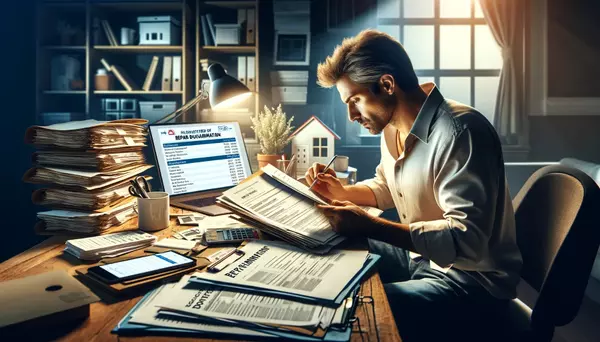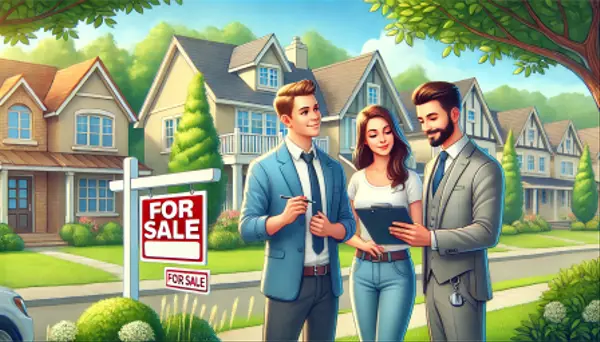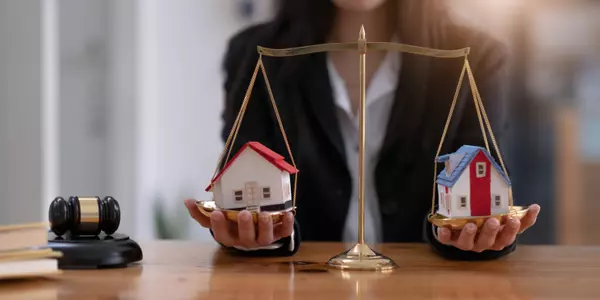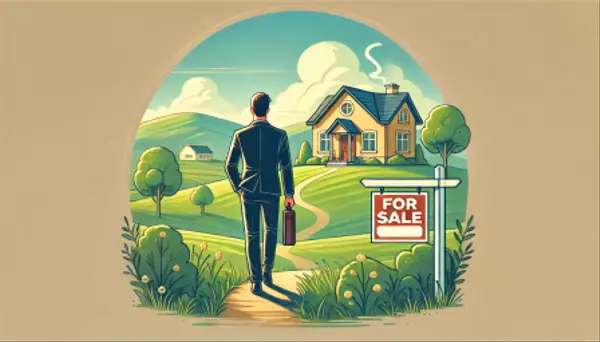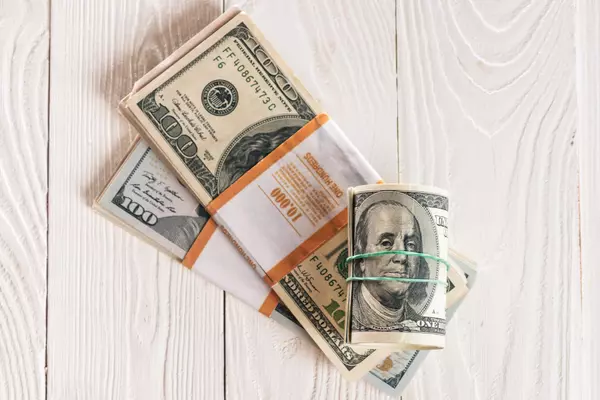Exploring Options: Do You Need to Put 20% Down on a House?

Exploring Options: Do You Need to Put 20% Down on a House?
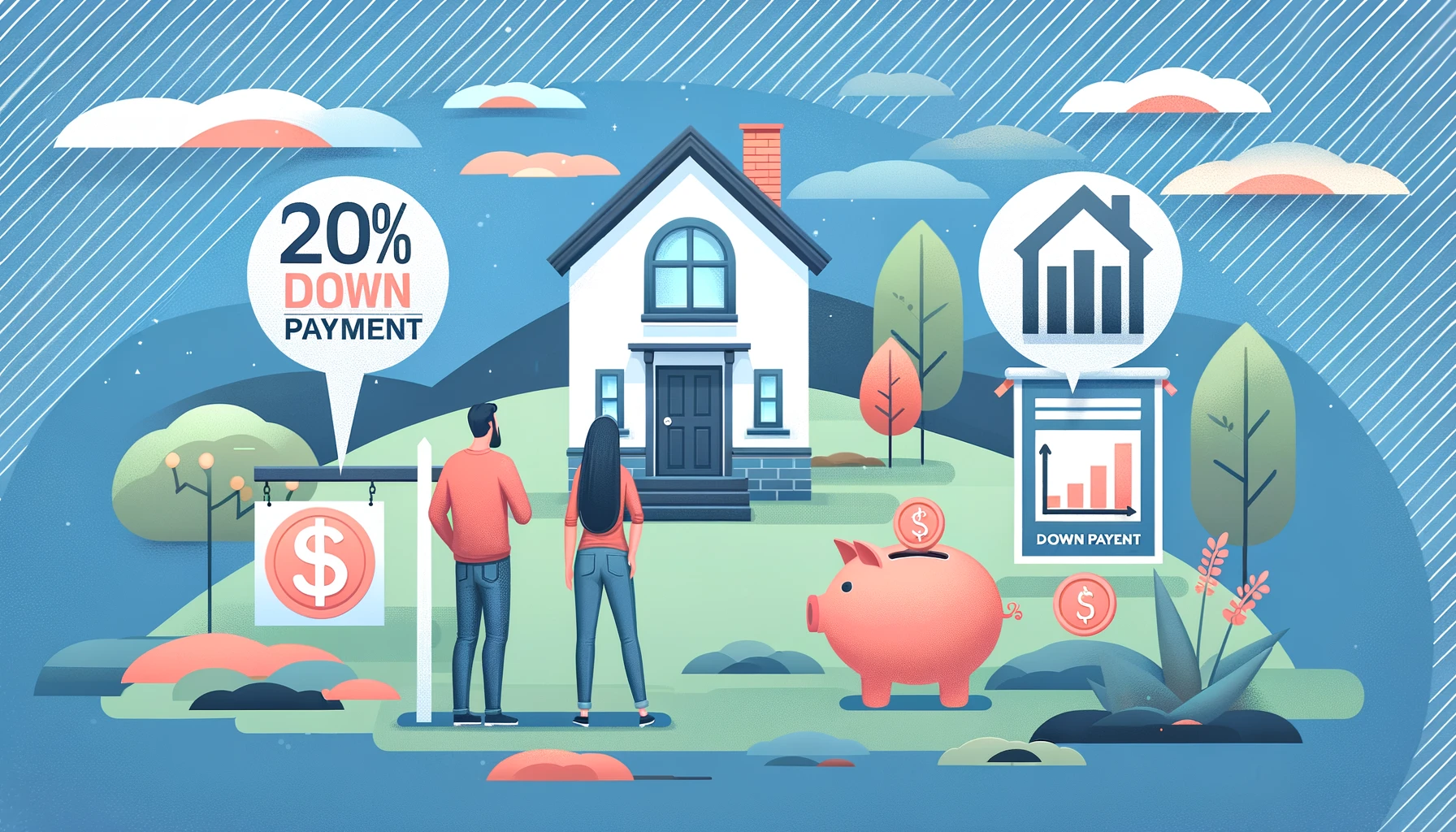
Taking the Plunge: Understanding Home Buying and Down Payments
Diving into the world of home buying can feel like a major leap. You’re about to make one of the most important financial choices of your life, and the maze of down payment details doesn't make it any easier. We often hear that you need to fork over 20% upfront to get the keys to your new home. But how true is this today?
Gone are the days when the one-size-fits-all rule of 20% down was the only way to go. Now, the landscape of purchasing a home has morphed into something more adaptable, with a variety of down payment options to fit different budgets and life scenarios. Whether it's your first venture into homeownership or you're thinking about adding another notch to your property belt, knowing what's out there can really clear up the fog.
In our guide, "Exploring Options: Do You Need to Put 20% Down on a House?", we'll unwrap what sticking to the traditional 20% really means, peek at some alternative routes you could take, and sift through how these choices might affect your wallet. With this info in hand, you'll be better equipped to stride down the path that meshes best with your financial outlook.
Decoding the 20% Down Payment: More Than Just Numbers

Often seen as the gold standard in snagging a house, the 20% down payment has roots deep in the annals of real estate tradition. Back in the day, slapping down twenty percent of the home’s price upfront was the norm. It served as a hefty safety cushion for lenders, minimizing their flutter when a buyer couldn’t keep up with payments.
Benefits of a 20% Down Payment
Kiss PMI Goodbye: Dodging the cost of Private Mortgage Insurance (PMI) tops the list of perks when you go the 20% route. Since PMI is there to shield lenders from the fallout of loan defaults, not needing it can shave a tidy sum off your monthly mortgage payment.
Slimmer Monthly Payments: Heftier initial payments whittle down the loan balance, leading to more breathable monthly outlays. This easing up on your budget can free up cash for splurges, savings, or other financial moves.
Sweeter Interest Rates: More skin in the game means less risk for lenders, and they often sweeten the deal with lower interest rates for those who front the 20%. This can mean serious savings over the life of your loan.
Instant Equity Boost: More money down means more instant equity in your new digs. If the market takes a dip, you’ve got a buffer that keeps you from owing more than your home’s worth.
A Leg Up in Bidding Wars: In cutthroat markets, flashing a 20% down payment can make you a frontrunner. It’s a clear signal of your financial heft and commitment, often giving you an edge when homes are hot items.
While planting 20% down has its charms, it’s not the only path to homeownership. It’s hefty and out of reach for some. Up next, we’ll dive into other down payment avenues that might just be your ticket into home sweet home.
Beyond the Basics: Exploring Creative Down Payment Options
Gone are the days when you had to stack up 20% of a home’s price to get a mortgage. Now, with a mix of creative loan programs and some help from Uncle Sam, snagging the keys to your new place might not require such a hefty initial investment.
1. FHA Loans
- What’s the Deal? With just 3.5% down, FHA loans throw open the doors to homeownership for first-timers and those not boasting top-tier credit scores.
- Why Go For It? These loans have Uncle Sam standing behind them, which means you’re likely to get friendlier loan terms.
2. VA Loans
- What’s the Deal? If you’re a veteran, on active duty, or a military spouse, you could qualify for a VA loan, which lets you buy a home with zero down.
- Why Go For It? No down payment and no PMI can trim a tidy sum from your monthly housing costs.
3. USDA Loans
- What’s the Deal? Aimed at folks looking to live in rural or certain suburban areas, USDA loans offer the chance to buy a home with no down payment.
- Why Go For It? You won’t need PMI and you’ll enjoy lower interest rates, making it easier on your wallet.
4. Conventional 97 Loan
- What’s the Deal? This is a nifty option from Fannie Mae and Freddie Mac that requires just 3% down from first-time homebuyers with decent credit.
- Why Go For It? You can kick PMI to the curb once you’ve built up 20% equity, potentially lowering what you fork out each month.
5. Down Payment Assistance Programs
- What’s the Deal? Local and state governments often offer a helping hand with your down payment and closing costs, through grants or low-interest loans.
- Why Go For It? This boost can make owning a home a reality much sooner than if you were saving up for a big down payment.
6. Gifted Funds
- What’s the Deal? A monetary gift from your folks or other relatives can cover some or all of your down payment.
- Why Go For It? It’s a way to lean on family support to get into your home without the grueling save-up.
Crunching the Numbers: What Lower Down Payments Really Cost

Choosing a smaller down payment can make buying a home seem more reachable by cutting down the cash needed upfront. However, it's crucial to weigh the longer-term financial effects of this choice.
1. Higher Monthly Payments
- What’s the Scoop? Dropping a smaller chunk of change at the start means you’ll borrow more. This bumps up your monthly mortgage payments because you're financing a bigger slice of your home's price.
- What’s the Impact? Heavier monthly payments can stretch your budget thin, leaving less wiggle room for surprises or other expenses.
2. More Interest Paid Over the Loan’s Lifetime
- What’s the Scoop? A beefier loan doesn’t just stretch your monthly budget—it also racks up more interest over time.
- What’s the Impact? This can crank up the overall cost of your home to much more than you originally paid.
3. Slower Equity Buildup
- What’s the Scoop? A tinier down payment means you start with less equity. Plus, since a bigger chunk of your payment covers interest, you’ll gain equity at a slower clip.
- What’s the Impact? This sluggish growth can stall your plans to tap into your home’s value for things like refinancing or buying more property.
4. Potential for Underwater Mortgages
- What’s the Scoop? If the market takes a nosedive, you could end up owing more on your mortgage than your home is worth, especially if your down payment was small.
- What’s the Impact? This can stick you with a home that’s hard to refinance or sell without eating a loss.
5. PMI Costs
- What’s the Scoop? Putting down less than 20% usually means paying Private Mortgage Insurance (PMI) until you’ve got enough equity built up.
- What’s the Impact? PMI is an extra out-of-pocket cost each month that doesn’t build any equity, hiking up the overall cost of owning your home.
While lower down payments can open the door to homeownership, they carry potential downsides that could tip the scales of your financial well-being and the long-term affordability of your home. It’s wise to consider these factors against your current financial landscape and future aspirations.
Tailoring Your Down Payment to Fit Your Financial Future
Selecting the perfect down payment for your new home hinges on your personal financial scene and what you aim for in the future. Here’s a rundown on how to pinpoint a down payment that fits just right:
1. Assess Your Financial Health
- Quick Look: Start by sizing up where you stand financially. Check your savings, how steady your income is, and any debts you’re juggling.
- Action Steps: Whip up a detailed budget to gauge what you can comfortably pay upfront while keeping your finances healthy.
2. Consider Your Long-Term Financial Goals
- Quick Look: Reflect on how buying a home fits with your big-picture financial plans, like saving for retirement, funding education, or other investments.
- Action Steps: Make sure your down payment aligns with these goals so that your home buy is a boost, not a setback.
3. Evaluate Market Conditions
- Quick Look: The vibes of the real estate market could sway how much you decide to put down.
- Action Steps: Dive into the current market trends where you’re looking to buy. A smart play might be adjusting your down payment based on where you think the market’s headed.
4. Factor in Other Homeownership Costs
- Quick Look: There’s more to owning a home than just the mortgage.
- Action Steps: Remember to include property taxes, insurance, upkeep, and any updates you might want when planning your down payment.
5. Consult with Financial Advisors
- Quick Look: A little expert advice never hurts.
- Action Steps: Have a chat with a mortgage broker or financial planner to get savvy about your best moves.
6. Explore Down Payment Assistance Programs
- Quick Look: If scraping together a big down payment sounds daunting, there might be some help out there.
- Action Steps: Look up what down payment help is available locally or statewide that could take some weight off your shoulders.
By mulling over these pointers, you can craft a down payment strategy that not only suits your current wallet but also steers you towards a flourishing financial future and solid home equity.
Making Smart Choices: Navigating Your Down Payment Decision
Deciding whether to put down 20% on a house is a significant decision that can impact your financial future. While a 20% down payment has its benefits, such as avoiding PMI and potentially securing better mortgage terms, it's not the only path to homeownership. Alternative programs like FHA, VA, and USDA loans offer opportunities to buy a home with much lower initial costs, which can be particularly beneficial for first-time homebuyers or those with limited savings.
Moreover, understanding the long-term financial implications of your down payment choice is crucial. Opting for a lower down payment might mean higher monthly payments and more interest over the life of the loan, but it also allows for greater flexibility in managing your finances. It’s essential to weigh these factors against your current financial situation and long-term goals.
Ultimately, the right down payment for you depends on a combination of personal finances, market conditions, and your future financial plans. Consulting with financial advisors and exploring assistance programs can provide valuable guidance tailored to your specific needs.
As you navigate the complexities of buying a home, remember that the most important factor is making a decision that aligns with your financial health and homeownership goals.
Categories
Recent Posts
